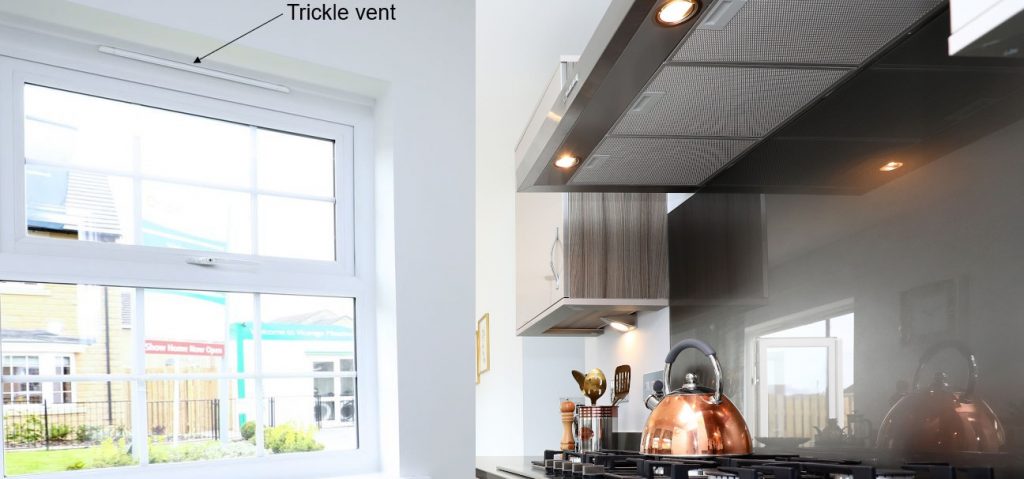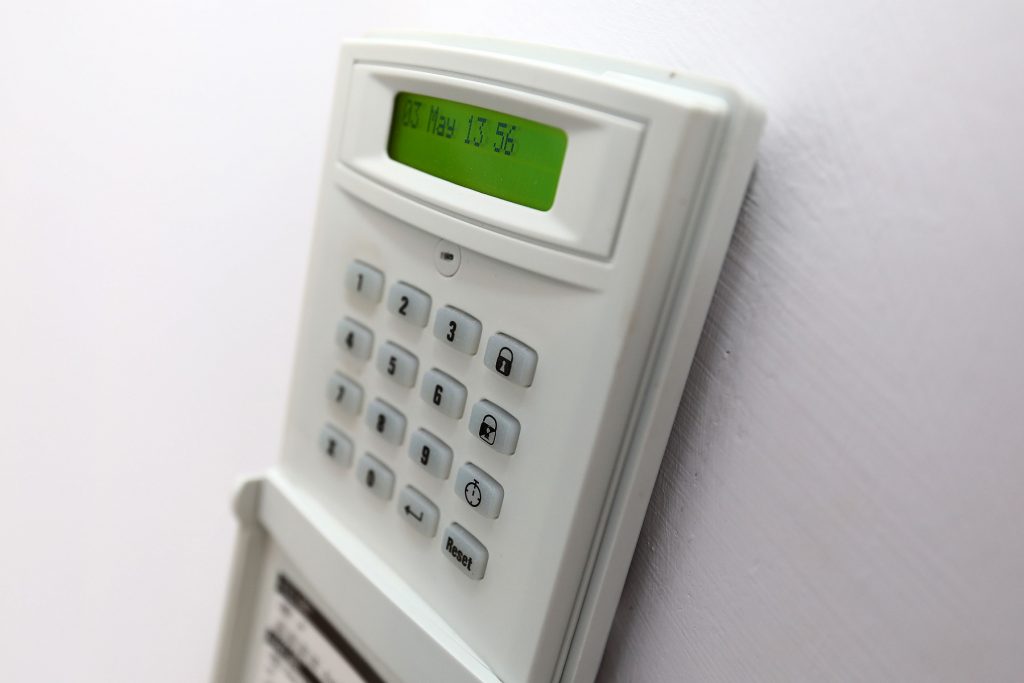Low running costs is one of the many advantages of buying a new-build home. It’s designed and constructed to comply with the strict standards of performance and quality set out by Building Regulations. These standards include insulation and energy efficiency which effectively requires a new home to be a tightly sealed unit that eliminates draughts, minimises heat loss and prevents energy waste.
The flipside of having this ‘membrane’ is a greater possibility of condensation build-up, which is created by a variety of activities in the home. However, paying attention to a few simple measures can avoid any potential problems and ensure that your home retains that immaculate, brand-new feel.
How does condensation occur?
Water vapour is produced by all sorts of activities which are part of our everyday lives, including cooking, washing, bathing, ironing – and even breathing! When water vapour comes into contact with cold surfaces, it turns back into water. This is how condensation occurs – it’s usually evident in the form of water droplets on hard surfaces such as tiling or glass, but on other surfaces it can be invisible.
How can it affect your home?
When condensation occurs on decorated or plastered surfaces, the water is gradually absorbed into the building fabric. If this happens repeatedly over time, it can result in light damp patches. Specks of dust or dirt on these patches can result in the growth of mould.
How do you prevent it?
Condensation is easily preventable. There are a number of straightforward steps you can take to ensure that it doesn’t form in your new home:
Adequate ventilation
Ventilation is probably the most effective measure you can take. This is easily achieved by making sure that windows or vents are opened slightly every now and then to allow free movement of air. Every Orion home includes trickle vents to windows, so this can provide constant ventilation, but it’s still worth opening them periodically to maximise protection against condensation. Also make sure that you never cover or block ventilation grilles. Ensure that the extractor fan is switched on when using the bathroom or cooking in the kitchen. The fan should also be left on for at least 15 minutes after you’ve finished.

Heating control
If your home is unoccupied during the day, you probably set your heating to come on in short, sharp bursts – once in the morning and again in the evening when you return to the house. However, this could lead to trapped moisture forming on the cooling surfaces when the heating is off during the day. Maintaining low-level background heating will prevent this. You might think that constant heating will increase your heating bills, but this is not necessarily the case – the Energy Saving Trust recommends that you run your central heating at a low level throughout the day to maintain an ambient temperature of between 18°C and 20°C, which can actually reduce running costs. This is because your boiler is not having to heat the house from a colder starting point, which requires it to work harder and for longer.

Doors and furniture
It helps to allow ‘breathing space’ behind the furniture. If furniture is pushed tightly against walls, it can stifle airflow and result in condensation which could produce mould on both the wall and the furniture. It also helps to close the doors of the kitchen and bathrooms when these rooms are in use. This prevents moisture from reaching other rooms which are often kept at a lower temperature (particularly bedrooms).

Dry laundry with care
If you tend to dry clothes within your home, ensure the room is fully ventilated whenever possible. Open the windows and set the heating at an ambient temperature. Better still, if you have a room with mechanical ventilation that also has space to hang laundry, it’s worth using this room to dry clothes. Although the British weather doesn’t always cooperate, it also helps to use the washing line in the garden whenever possible.

All things considered, these measures are very easy to incorporate into the routine of your home life. They involve very little effort for plenty of long-term reward. After a while, you’ll probably do them without even thinking – and your beautiful new home will feel the benefit for many years to come!




